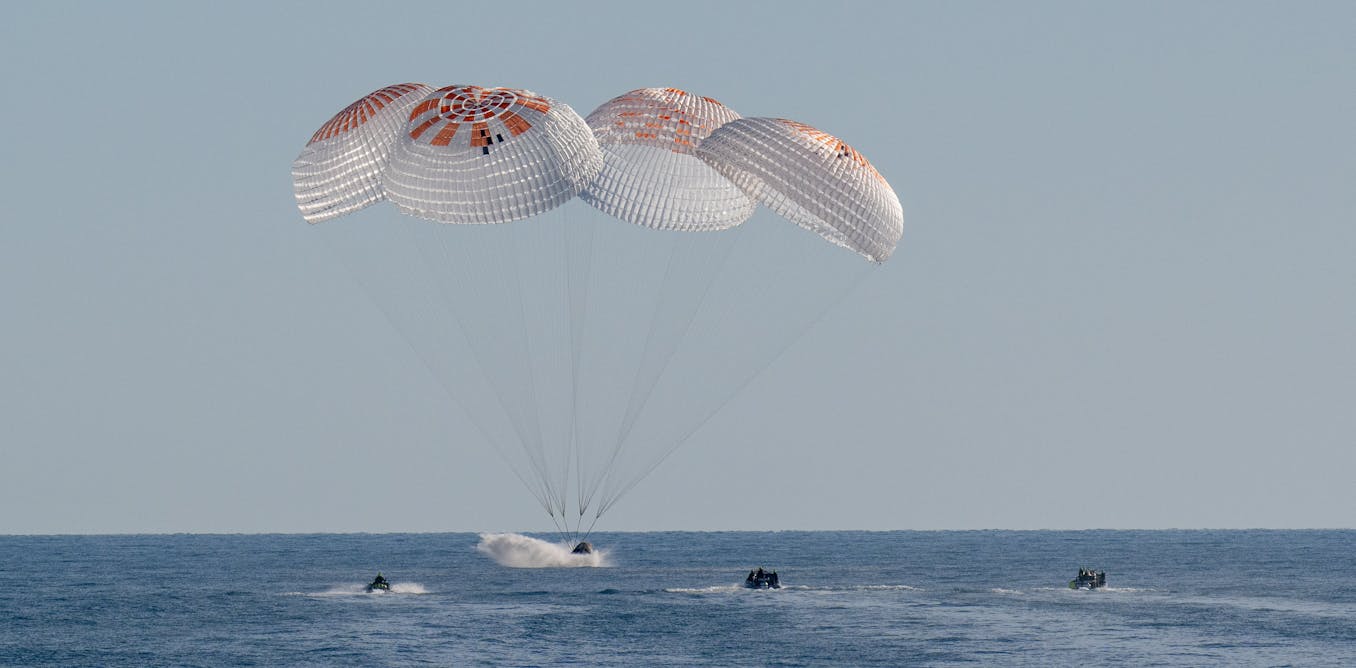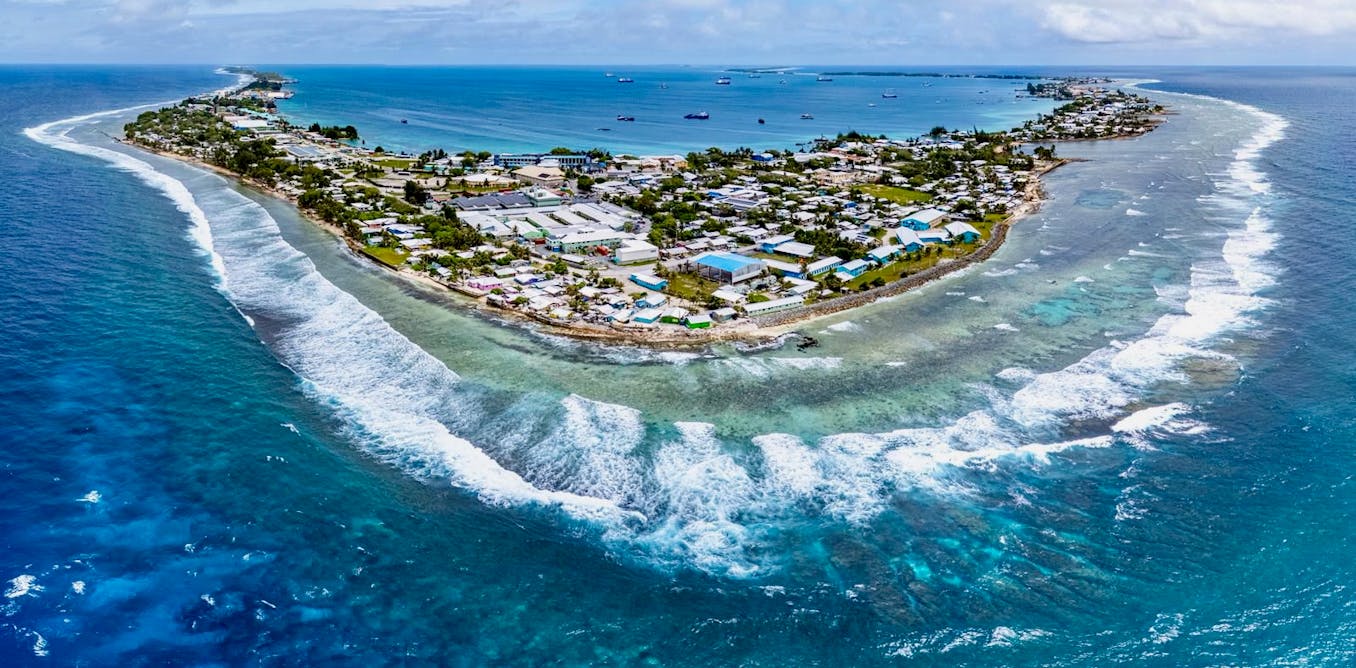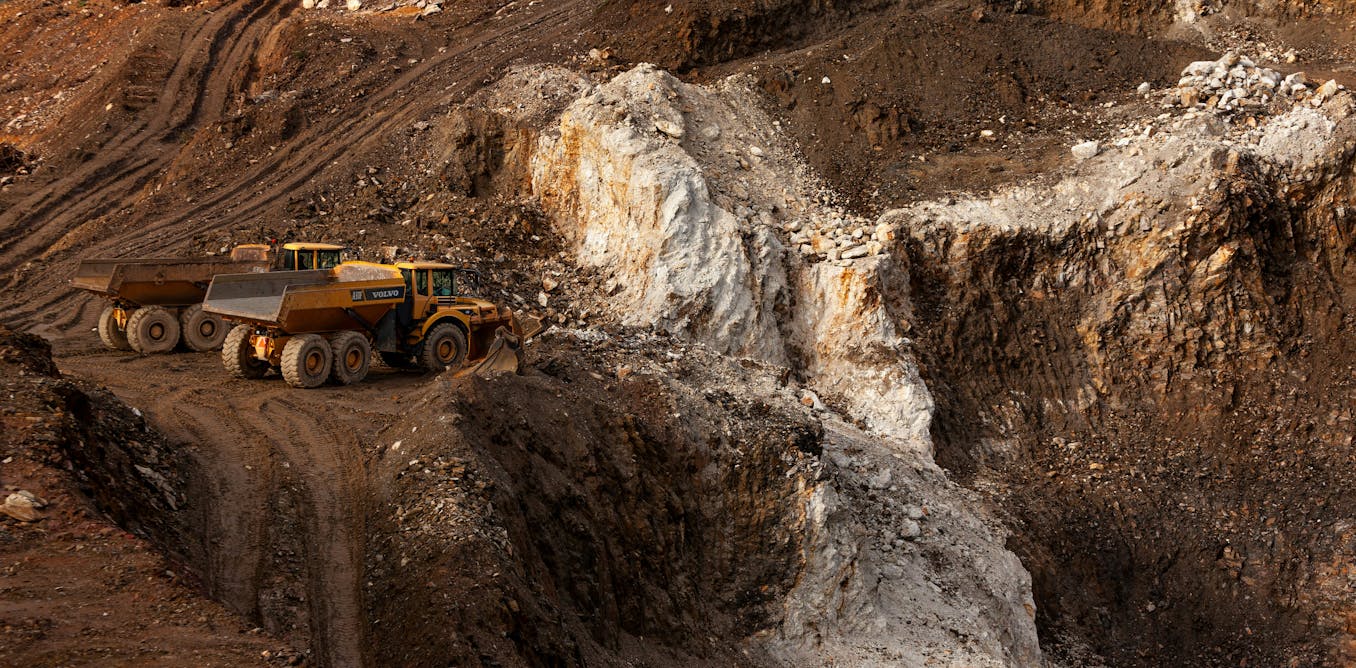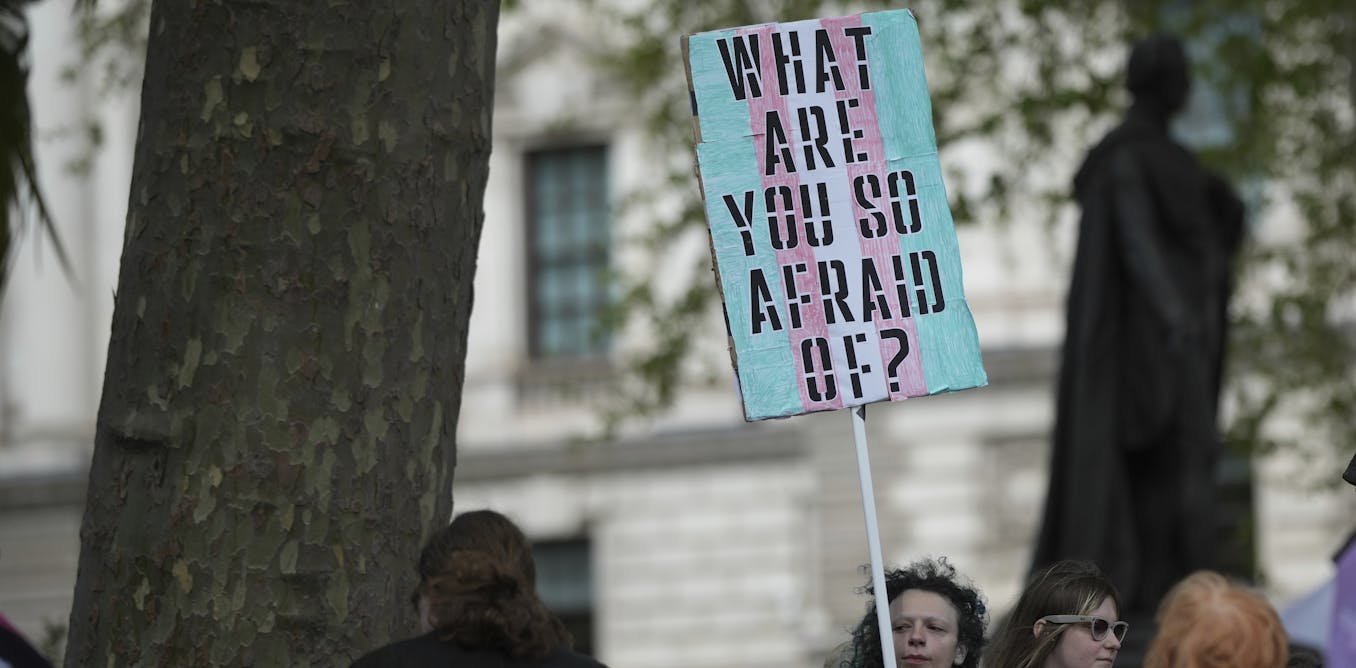The Algarve region of Portugal is a must-visit destination for any travel enthusiast. With over 300 sunny days a year, it boasts some of the best beaches and surfing spots in the world. The region is home to beautiful towns full of historic monuments, preserving traces of both its Arab past and the charm from the time of the Portuguese discoveries. The major towns in the Algarve include Faro, Portimao, Albufeira, Lagos, Tavira, and Carvoeiro.
In addition to its picturesque towns, the Algarve is famous for its natural landmarks, including the Benagil Cave, Algar Seco, Ria Formosa, and Ponta de Piedade. The region is also home to some of the best beaches in the world, such as Praia da Falesia and Praia da Rocha.
With over 5 million tourists visiting the Algarve every year, it’s clear that this region of Portugal is a popular destination for travelers. This ultimate travel guide for 2024 provides an in-depth look at some of the best towns and beaches the Algarve has to offer, giving viewers a taste of what they can expect from their visit. Whether you’re interested in historic monuments, natural landmarks, or simply relaxing on stunning beaches, the Algarve has something to offer every type of traveler.
Watch the video by World Travel Guide
The Algarve region of Portugal is the best travel destination in Europe. It has over 300 sunny days, some of the best beaches in the world, and beautiful towns full of historic monuments. From here, the Portuguese went on their historic journey to explore other peoples
And cultures in the fifteenth century. The towns of Algarve preserved traces of its Arab past, and the charme from the time of the Discoveries can still be felt today. There is so much to see and do here, so let’s kick off our journey!
Faro is the largest city in the Algarve with around 70,000 inhabitants. Nevertheless, the southern Portuguese town is rarely considered when planning a vacation. One of three international Portuguese airports is located in the busy port city, which is why many Algarve holidaymakers
Set foot at least briefly in the city area. As a former Roman settlement, Faro still has some traces from this period. The different corners of Faro are all worth seeing in their own way. You will always come across picturesque squares, gardens and parks that invite you to take a short
Break. The historic old town of Faro is surrounded by a medieval defensive wall, the oldest parts of which date back to the period of Moorish rule. The predominantly white house facades of the old town are occasionally interrupted by blue tiled walls – the famous “azulejos”! And you can also find sharp
Contrasts through facades with modern graffiti in Faro. This diversity alone makes walks through the old town a great option. There you will find some of the sights that you can get a first look at, including a cathedral and a palace. The Cathedral of Faro is the seat of the Roman Catholic Diocese
Of Faro, and is located 80 meters high on a hill in the city. The Paco Episcopal Bishop’s Palace is located in Faro’s old town, opposite the cathedral, and dates back to the 17th century. Faro’s history as a port city dates back all the way to the year 500. However, there is little left
Of the traces of the past. Today you will find a modern promenade and opportunities for boat tours, for example with the speedboat. Unlike typical party places in the Algarve, you will mainly meet a lot of locals here. Since it is a university town,
The people tend to be young. It’s not far from the airport to the city, and during the high season in summer, there is also a bus with a direct connection to Faro city center. Olhão is a bit of a surprise. It’s not only home to the biggest port in the Algarve and
A busy fishing town with a hardworking vibe, but it’s also the starting point for some of the most breathtaking landscapes in the area and some of the most stunning beaches in Europe. The city itself is a colorful mix of attractions, with the sea as the center of life. The main
Source of livelihood has always been fishing, the importance of which is reflected everywhere, in the lively harbor where there is a hectic hustle and bustle as the boats return with their catches, or in the harbor fish market with its stalls full of fish and seafood. The fishermen of Olhão are
Legendary and famous for their skills. The first canning factory opened its doors here in 1882, setting off a trend that would extend down the coast in both directions, and soon canned sardines and tuna would become the Algarve’s primary source of income. With its box-shaped chimneys, flat terraced roofs, and square whitewashed homes,
Olhão’s old neighborhood has a very Moorish character. Nossa Senhora do Rosário is a seventeenth-century church, and the chapel behind it is still where women of fishermen go to pray for their husbands’ lives during severe storms. There is also a lot of street
Art in the town. The most interesting building is probably the church decorated with graffiti. Tavira is a fantastic tourist resort and one of the most picturesque towns in the Algarve. Nestled along the peaceful Gilão River, Tavira offers a wonderful mix of Moorish influences
And traditional Portuguese ways of life. The town sits on the eastern coast of the Algarve, around 25 kilometers west of the Spanish border and 30 kilometers east of Faro. This area offers a more peaceful and serene vacation experience than the central or western Algarve. It also
Draws less tourists. Tavira was formerly a Roman seaport that was later taken over by the Moors. Its history is brought to life by the charming Roman bridge, several churches, and classic white-washed residences that are beautifully decorated with Portuguese tiles. In
The past, Tavira Castle was a Moorish stronghold. You may now climb its ancient walls and towers to get a bird’s-eye perspective of the town. Since Tavira was essentially destroyed in the Great Earthquake of 1755, a large number of its current buildings were built in the 18th century. Tavira
Is a big town, so there are many restaurants and stores. It is not an ideal holiday spot for people looking for a wild nighttime. A sizable and vibrant expat community from the US, Brazil, and the UK resides in the town. Tavira has lovely beaches, but you’ll need to take a ferry to get to
Them because none are accessible by foot. Since the city is quite walkable, having a car is not required. There are two train stations, and it takes around 40 minutes to reach Faro by train. South of Faro lies the chain of barrier islands and peninsulas that make up Ria Formosa Nature
Park. This protected area covers more than 18,000 hectares and extends over 60 kilometers between the beaches of Garrão and Manta Rota. This location’s landscape is completely different from that of any other Algarve location. The islands provide gorgeous coastal lagoons and wetlands that
Are a birdwatcher’s dream. They also act as a sort of natural barrier against the ocean. However, this area also has wonderful long beaches, white sand dunes, and saltpans. These islands also include a number of little fishing towns. They are very quiet in the winter and come to life
In the summer when a large number of tourists visit. The islands of the Ria Formosa are an absolute delight for anybody who enjoys the sun and the water. These are Farol, Barreta, Culatra, Armona, and Tavira, in that order from west to east. The enormous beaches here
Are mostly empty. Ria Formosa may be visited in a number of ways. However, unless you have many days to dedicate to this region, we advise going on a boat excursion from Faro or Olhao. Located in the “Golden Triangle,” a group of luxurious vacation communities west of Faro,
You’ll find Vale do Lobo. It was built between 1962 and the end of the 20th century, and is considered Portugal’s best resort. Although there are a few hotels and resorts, the area is primarily residential, with a few wealthy and famous Portuguese and foreigners
Owning luxurious villas. It’s a popular resort for golfers and more sophisticated tourists. There are more than a dozen of the top tennis courts in the Algarve in this area. The local beach is very beautiful, but it remains uncrowded, even during the summer months. The two golf courses
In Vale do Lobo are some of the greatest in Europe, because of their breathtaking beach settings and difficult holes. In 1968, Sir Henry Cotton designed the “Ocean Golf Course”, and helped to make this resort a popular golf destination. Vale do Lobo may be reached from
Albufeira in around 40 minutes, and from Faro and the airport in less than 30. Vilamoura is a holiday resort between Albufeira and Faro, which was only created during the 1980s. This holiday resort was built with tourism in mind alone. The area has five excellent
Golf courses that were created by golf superstar Arnold Palmer, and one of the biggest marinas in all of Europe. But the most interesting attraction is the Museu Cerro da Vila, which is home to an archeological excavation site representing a Roman colony. Otherwise, Vilamoura
Has a large number of cafés and restaurants. The town is not necessarily unsightly now, but actually not what you need – except, you want to get rid of your money quickly. The prices in the restaurants are easily two to three times as high as on the rest of the Algarve. The best beach
Here is Praia de Vilamoura to the east of the town. It sits right by the marina and has long stretches of golden sand. The beach extends to the fishing port of the neighboring town of Quarteira. Algarve is famous for its beaches, and Praia da Falésia is one of world’s most unique beaches.
Between Vilamoura and Albufeira, this broad beach with golden sand spans for more than 6 kilometers. Its striking red sandstone cliffs, which vary in color according on the light and weather, are its most famous feature. It’s worth visiting in any season because of the
Amazing landscape. It is also a popular beach for swimming in the summer, and certain parts of the shore offer everything you need. Even during the busiest summer vacation season, when everything is packed, you may find a rather calm beach by strolling a little distance from
The main entry points. While it’s not quite comparable to the surfing conditions at the beaches nearer Sagres and on the Atlantic coast to the west, this is still one of the greatest beaches in the central Algarve for surfing. The west end of Falésia Beach,
Near Olhos de Agua, is its loveliest part. You could walk this beach’s whole length in a couple of hours. Parking is difficult, so your best bet is to take a cab. Finding a parking space near the major beach entrance is not always simple, even during the off-peak months.
The most popular tourist destination in southern Portugal is Albufeira. Its origins can be traced back to the Roman period when it was known as “Baltum”. Albufeira was a major fishing and trade port for several centuries throughout the Moorish era. The Arabic origin of the
Name “Al-Buhera” is a reflection of the Moorish history of the city. Albufeira is currently one of the most desired destinations to stay in the Algarve, and has the widest selection of excursions and sightseeing trips in the region. The historic fishermen’s area, the old town,
Particularly the section on top of the cliffs, and some of Albufeira’s most stunning beaches, such as Praia dos Arrifes or Praia Sao Rafael, attract over 300 thousand annual visitors. Given the size of Albufeira, a lot of its landmarks and attractions are spread
Out across a large area. Walking down the shore is an enjoyable way to go from place to place, although it really does take a while. There are so many fun things to do here, especially in the summer season. You can go kayaking at St Rafael Beach, do parasailing and ride a banana boat. The
Youngsters will love attractions like Zoomarine, an ocean-themed park, and Aqualand, a water park. There are lots of great restaurants and cafés to suit every taste and budget, and many entertaining things to do for both kids and adults. The town is also known for its excellent golf courses,
And you can visit the area to enjoy world-class golfing experiences. Albufeira is also rather active during the off-season, especially when compared to most other locations in the area. The most popular hike in the Algarve is the Seven Hanging Valleys Trail, which is considered as one
Of the greatest hikes in Europe. Between Praia da Marinha and Praia do Vale de Centeanes, it traces the shoreline. You can easily reach one of the most picturesque sections of the Algarve coast with this hike. It’s around 6 kilometers long, takes approximately 3 hours, and
May be completed in both directions. The trail is suitable for families and is not too tough. Don’t underestimate it, though, as there isn’t much shade. Thus, if you want to go hiking here during your summer stay, get up as early as possible! It is simple to follow the route in either way
Because it is marked end-to-end with yellow and red stripes painted on wooden poles or rocks. While there are a few steep and uneven spots on the main dirt walk, the most dangerous parts are fenced for safety. There are also fences around the numerous sinkholes. Along the entire path,
There are many parking lots. Furthermore, there is a picnic spot located a little bit east of the Alfanzina lighthouse. The majority of people may easily walk this excellent path without a guide. One of the most popular sights along the southern Algarve coast is the Benagil Cave.
The cave itself can be found between Albufeira and Portimao, straight on the “Praia de Benagil” beach. You would never realize from the shore that a magnificent cave is tucked away in the center of the craggy rocks of the Algarve. The two bulges on the beach bank that go straight into the cave are
Only visible while viewing the coastal scenery from the water. The odd and magnificent shape of the centuries-old rocks is revealed when viewed from the inside. For most of the day, the sun’s rays shine through the large opening in the ceiling and make the cave’s rock formations
Shimmer gold. The easiest way for visitors to reach the cave is to swim almost 100 meters along the coast from Praia de Benagil beach and from there walk up one of the sandy cave entrances.
If you prefer to visit the cave dry, you can rent a kayak. The cave is accessible at any time of the year, but stormy seas make it difficult for visitors to get through the water safely. The town of Carvoeiro has everything that tourists associate with the rocky Algarve.
The seaside resort is located on a stretch of coast characterized by rocky cliffs. A small bay opens up by the sea, in which the city beach Praia do Carvoeiro extends. Behind it, houses with dazzling white facades and red roofs are stacked on top of each other. If
You are looking for a holiday home in Portugal close to the beach, you will find it here. There is no room for sprawling hotel complexes on this section of the Atlantic coast. Since the 1950s, individual tourists and families with children have been drawn to this magical region. The
Access road to Carvoeiro ends at the main square. From there, you can reach the only church in town. From the forecourt of the church you can enjoy the wonderful view of the beach bay and the town itself. The sunset is particularly impressive and spectacular in the evening. The city beach
Of Carvoeiro is framed by sand-colored rock cliffs. To the delight of families with children, high waves cannot build up due to the sheltered location. During the peak season, loungers and parasols are rented and a lifeguard watches over the tourists. Anyone who spends their
Vacation in Carvoeiro doesn’t just come here to swim. Beautiful hiking trails lead over the rocky cliffs to secluded bays. A brisk ten minutes would be needed to walk the 600 meters of the Carvoeiro Boardwalk, which connects the Carvoeiro beach to the Algar Seco cliff region.
Located just outside of Carvoeiro, Algar Seco is surely one of the best viewpoints in Algarve. Here, you may admire a network of naturally formed pools, arches, and holes in the rocks that have been shaped over millennia by wind and waves. You may walk into a tunnel to get
Even more breathtaking views of the cliffs and rocks, formed by the erosion of waves crashing against them. There is also an interesting rock formation known as “The Pinnacle.” You can access Algar Seco by stairs, just under the Algar Seco Parque Resort. When visiting Algar Seco, the
Weather plays a big role. The stair access will be closed due to unsafe conditions if the seas are extremely rough. However, you may still explore the cliffs. You are treated to a breathtaking natural light display as the blowholes, arches, and caves fill with color at sunset.
What youngster doesn’t want to get up close and personal with a dolphin or perhaps a whale? You may do this here in the Algarve. Dolphins can be seen offshore, particularly from March through November. Joining a tour is the best option because
The animals don’t usually come this close to the coast. You have a very good possibility of seeing a dolphin since the guides are familiar with their typical locations. Tours depart from all of the main vacation spots and cost about 35 Euros.
As much as we love the coast in the Algarve, you should also take a trip inland. We can recommend Silves as a concrete destination. The historic capital of the Algarve is often ignored by tourists for the first time. Though it’s only a short drive from the busy beach resorts, it
Couldn’t be more different. Silves is an medieval hilltop settlement with a castle on above, and a panorama view of the surrounding area. The town was once a major center, and some sources even claim that it was as spectacular as Lisbon. However,
The 1755 earthquake severely damaged Silves, as it did the rest of the area. The main attraction of the town is the partly rebuilt medieval Moorish castle, one of the few relics from its heyday. Don’t miss seeing the Silves Cathedral, which is very close to it. The Archeological Museum
Is another must-see. The more genuine aspect of the Algarve may be experienced here. Have a walk along its narrow streets, eat lunch at one of the local restaurants, then, depending on the time of year, you could also visit some neighboring vineyards or orange orchards.
Portimão is located around 70 kilometers from Faro, in the middle of the popular holiday resorts of the Algarve, between Lagos and Albufeira. One cannot characterize the town as lovely. Although the skyline of high-rise buildings doesn’t exactly create a vacation vibe, Portimão is nonetheless a
Popular tourist destination in the Algarve. But the majority of visitors are lured to the hotels in the nearby Praia da Rocha anyway. Portimão is also a popular destination for shopping. Unlike many holiday resorts in the Algarve, you can still find everyday Portuguese life here. And there is
Also delicious fish. The town center has a tiny yet pleasant pedestrian area. If you’re seeking for attractions, you should visit the Portimão museum and the lovely waterfront promenade. The long waterfront promenade runs along the Arade River. Everything seems to have been renovated
Quite recently. There are many restaurants around where fish lovers can try grilled sardines. You can also admire some of the boats that are moored here. What’s particularly positive here is the fact that there is a wheelchair path through the entire town of Portimão. Every year in August,
The Sardine festival is the most important celebration here. From April to the end of October, a number of dolphin viewing trips leave daily from the harbor of Portimão. An enjoyable pastime, particularly for families with kids. The town has a train station that is on the
Regional train route between Lagos and Faro. From here, you can walk to the center of the old town in just a few minutes. Portugal’s premier motorsport circuit, the Autódromo Internacional do Algarve, is situated close to Portimão and opened to much fanfare in 2008.
Praia da Rocha is the main beach of Portimão. This is where the Algarve’s huge tourism industry started. It is currently one of the most popular spots in the Algarve, providing entertainment and pleasure all day long. It’s a magnificent beach,
Surrounded by rock formations. The breathtaking rocks are a big attraction here. The name Praia da Rocha translates literally to “Rocky Beach.” It’s a fairly sandy beach too. This beach has gentle, golden sand. You should bring flip-flops, since the sand may get quite hot in the summer. When
Walking down the beach, you’ll undoubtedly come across a number of sandcastles. The sand is ideal for families with little children. There are no stones in the water here, and it’s incredibly clean. The beach is rather large. It is both long and wide, extending over a kilometer. The Arade
River Estuary and the marina are close to the beach’s east side. The beach extends as far as the western rock formations dividing Praia da Rocha and Praia dos Três Castelos. A wooden walkway is located on the shore. There is also danger of rockfall, if you sit too near to the rocks. Even
Though there is plenty of space for everyone, it may get quite busy during the peak season. A quick trip to the Santa Catarina fortress should also be included. On the eastern part of the shore, this stronghold is set high on the cliffs. It was build around 1620, and kept Spanish pirates away
From Portimão and the river estuary. The fortress can be reached by a staircase in the cliffs. In its two and a half millennia of history, Lagos has hosted Phoenicians, Carthaginians, Romans, and Moors, all drawn by the harbor and its potential for communication, strategic location, and
Ultimately, dominance. Vasco da Gama sailed from this location in search of what would eventually be known as Brazil, and it was also from here that Henry the Navigator issued expedition orders. Numerous statues scattered throughout the town honor former seafarers, such as Dom Sebastião,
Whose 1578 effort to conquer territory in North Africa ended in complete failure. Despite the destruction caused by the earthquake, which devastated much of the town and led Lagos to lose its role as the capital of the Algarve in favor of the less afflicted Faro, the historic city walls
Are still preserved for tourists. Beautiful beaches make up the majority of the visitor’s appeal, and there are enough to pick from. While there’s always room at the golden sands of Meia Praia, which lies east of the town, the beaches to the south are usually seen to be more lovely. A
Game of golf with views of the ocean is available at the Palmares, Boavista, and Alta courses in Lagos, which is one of the Algarve’s prominent golf destinations. There are several water parks with thrilling attractions for younger guests, as well as a zoo where they may swim with dolphins.
Ponta da Piedade is a breathtaking coastal site that should not be missed. It’s also certainly among Portugal’s best-known landmarks. Situated just south of Lagos, this spot provides easy access to some of the most stunning coastal rock formations with sea caves and grottos that the
Algarve is known for. You can drive there or even walk from the old town. This place has an amazing landscape, which becomes even more lovely after dusk. Farol da Ponta da Piedade is a lighthouse located here, however it is inaccessible, much like the majority of lighthouses in the Algarve.
Instead, you may use the area’s numerous coastline walks to explore. The majority of the routes offer amazing views, since they are perched high on the cliffs. You may also get a closer look at the grottos by descending the staircase that leads to the water. From the water’s edge,
You may get a great perspective of the Ponta da Piedade area. Numerous boat cruises operate from Lagos. Kayaking is another option for exploring the shoreline if you happen to visit during the hottest months. If you would rather travel by boat, there are excursions that make use of tiny
Boats that are built to allow them to explore the majority of the grottos and sea caves. Set in the southwest of the Algarve area, Ponta de Sagres is a wind-tossed shelf-like headland. It is famous for being the location of Henry the Navigator’s illustrious navigation school, from
Where he planned many of Portugal’s most important expeditions. Sagres Point is historically significant to sailors because it provided a safe haven for ships before they attempt the dangerous voyage around Cape St. Vincent. Henry’s fortification, Fortaleza de Sagres, is also located here. This prison-like fortress served as the main maritime defense system in
The region for decades. The Great Earthquake of 1755 caused major damage to the sixteenth-century structure. Although it was renovated in the middle of the 20th century, the 16th-century tower is still there. A massive 43-meter-diameter pebble compass rose is visible after passing through
A tunnel. There is a small entrance fee and it is only accessible during the opening hours. Cape St. Vincent or Cabo de São Vicente, is the southwesternmost point of continental Europe, and a place that should be on your bucket list. Sitting under the cliffs of São Vicente,
Watching large waves crash on the coast beneath your feet is an amazing experience. The cliffs are surrounded by water on three sides. Europeans used to believe that this place was the end of the world. Yes, you may grasp that sense from here, especially if you come here on a blustery winter’s
Day. Farol do Cabo de São Vicente is a lighthouse located here that has restrooms, a small gift store, and a café. There are some food trucks in the parking lot too. Not the lighthouse itself, but the area surrounding it is open for visitors. Everyday except on Mondays, it is open. You aren’t
Really missing anything, though, because the surrounding views are equally as beautiful even if the site’s entrance is closed. Make sure you walk along the whole length of the cape’s shoreline and enjoy the views from the Fortaleza de Santo António do Beliche, a nearby fortress.
Only a short drive from some very amazing beaches on Algarve’s west coast is the charming small market town of Aljezur. The white houses of Aljezur rise from the river up the slope to the walls of the castle that once stood up there. Surrounded by green
Hills and wide valleys that stretch from the mountains in the east to the Atlantic Ocean in the west. Overlooking a narrow river, Aljezur is divided into two sections: the Moorish-style western part, which has a number of cottages beneath the destroyed hilltop castle from the tenth century, and the new eastern quarter, placed 600 meters
Up a steep hill. The surroundings of Aljezur are perfect for agriculture. Cereals, fruits, and vegetables are grown. Sweet potatoes in particular are of great economic importance for the region. On the Atlantic coast, there are dark rock walls, small, hidden bays,
And large sand dunes. Praia da Arrifan, Praia do Monte Clérigo, and the breathtaking Praia da Amoreira at the mouth of the Ribeira de Aljezur are the best beaches close to the town. The incredible Costa Vicentina sits between the western part of the Algarve and the Alentejo region on Portugal’s west coast. Geographically, however,
It is a part of the Algarve. It’s far from any popular tourist attraction, stunning, and wild. The region is home to the biggest coastline park in Europe, spanning over 100 kilometers. Being a natural preserve, this area is unspoiled and far from large-scale tourism.
Costa Vicentina is the perfect destination for a laid-back, romantic family vacation with occasional stopovers. The rolling waves and strong winds of Costa Vicentina have long drawn surfers, even if the area may not be on most people’s travel radars. There are many surf schools here.
Keep in mind that learning to surf is best during the summer. Only very experienced surfers should attempt the waves in the fall and winter. Offering many routes, the famous Rota Vicentina is a long-distance hiking path. The main routes are the Historic Way and the popular Fishermen’s Trail.
What’s your favorite place in the Algarve? Share your opinion with us. If you loved this video, hit the like button and subscribe for more amazing content.
Video “ALGARVE Ultimate Travel Guide 2024 🇵🇹 Best Towns & Beaches | Portugal” was uploaded on 02/11/2024. Watch all the latest Videos by World Travel Guide on Gretopia
































